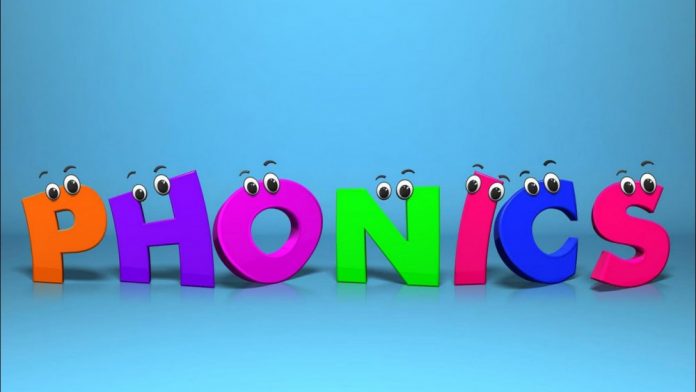The main approach to the teaching of reading and spelling in English schools is that of systematic or synthetic phonics.
The Department for Children, Schools and Families (DCSF) currently encourages state maintained schools to adopt a systematic approach as outlined in the 2007 guidance “Letters and Sounds: Principles and Practice of High Quality Phonics”.
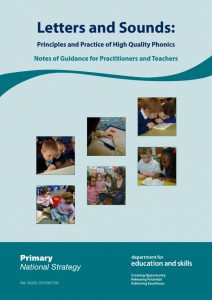
Best Practice in Phonics Teaching
The DCSF advises schools to:
- Carry out short, daily phonics sessions (15 to 20 minutes);
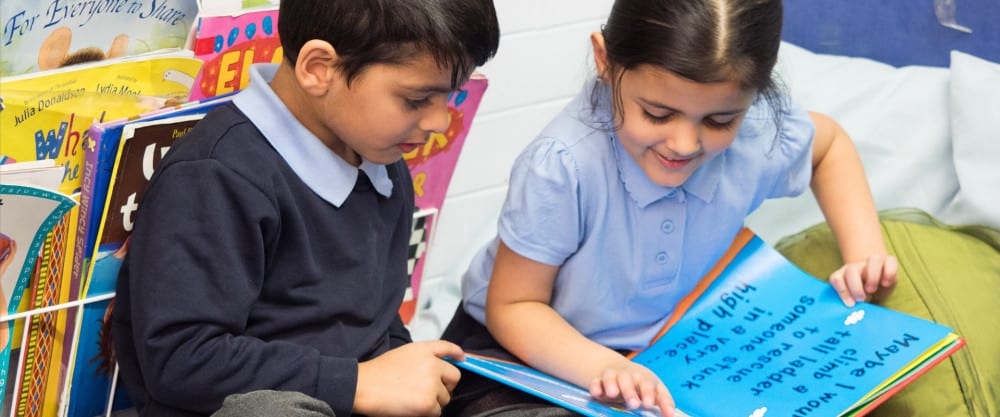
- Make teaching active and multi-sensory;
- Follow a structured teaching sequence (groups of sounds introduced in a set order);
- Brisk teaching of 44 key sounds (phonemes) within the first year of statutory schooling (the reception year);
- Explicitly teach children to blend sounds together for reading, and segment them for writing;
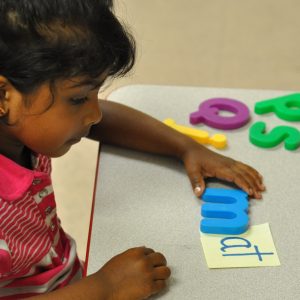
- Set phonics work within a broad, language-rich curriculum which takes account of the four interdependent strands of language: speaking, listening, reading and writing, and vocabulary.
Good phonic skills help children to become better readers and spellers, so it makes sense to help them develop a secure grasp of the essential sound and spelling patterns that words are composed of.
There are 44 key phonemes in the English language – the smallest units of sound that can change words. Some of these are single alphabet sounds such as s-a-t-p-i-n, but others may be combinations of letters like sh, ck or ie.
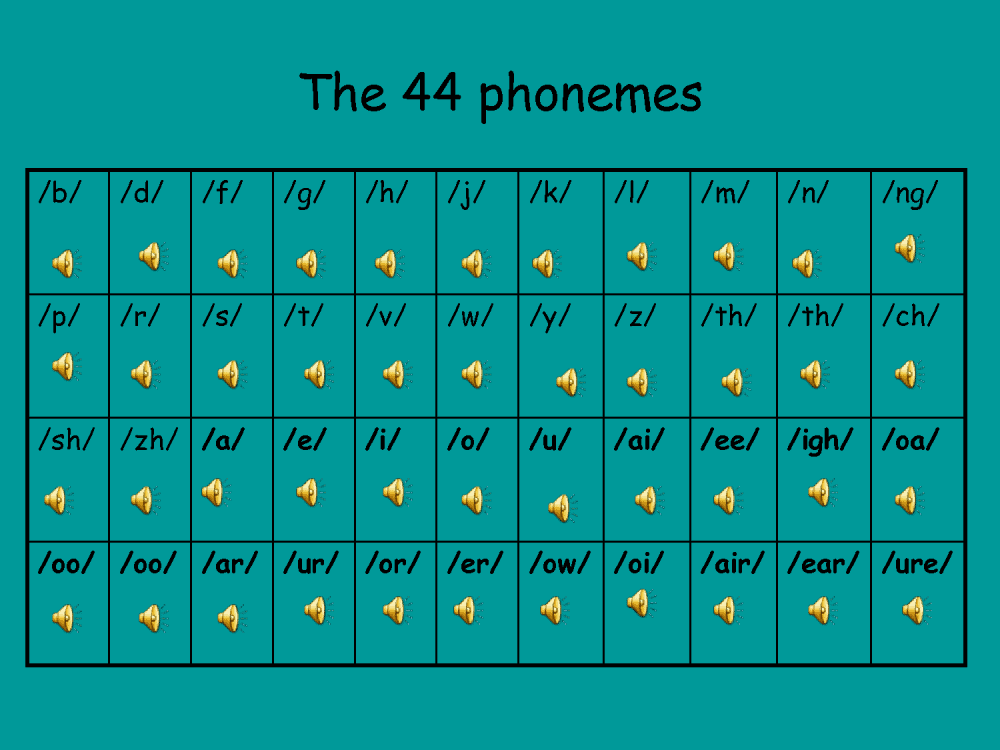
Is Phonics Taught in Alphabetical Order?
The order suggested for the introduction of phonemes is not alphabetical, but is based on the most commonly occurring sounds in words, in terms of those most likely to be encountered in early reading and spelling.
Phonemes tend to be introduced in small groups with a mixture of consonants and vowels. This means that children can start building words very quickly. For example, the set s-a-t-p-i-n can yield the following words:
sit, sat, pit, pat, tip, tin, tap, tan, ant, at, as.

Phonics is a sound-led approach, so listening is very important. Children need to hear individual sounds, recognise where they occur within words (beginning, middle or end) and learn how these sounds are represented in writing (letter-sound correspondences).
As preparation for formal phonics teaching, young children should have plenty of opportunities to listen to a wide range of sounds, in order to develop their ability to hear, isolate and recognise individual sound patterns.

This might include environmental noises, simple rhythmical patterns, songs and rhymes. Texts with alliteration (such as “Peter Piper picked a peck of pickled pepper”) help children to recognise beginning word sounds, which is an important step in learning to spell.

Sounds within Words
The sounds at the start of words are the easiest to hear, so phonics teaching tends to start with these and progress onto ending sounds and then middle sounds. Medial vowels can be tricky to hear and may take longer to learn.
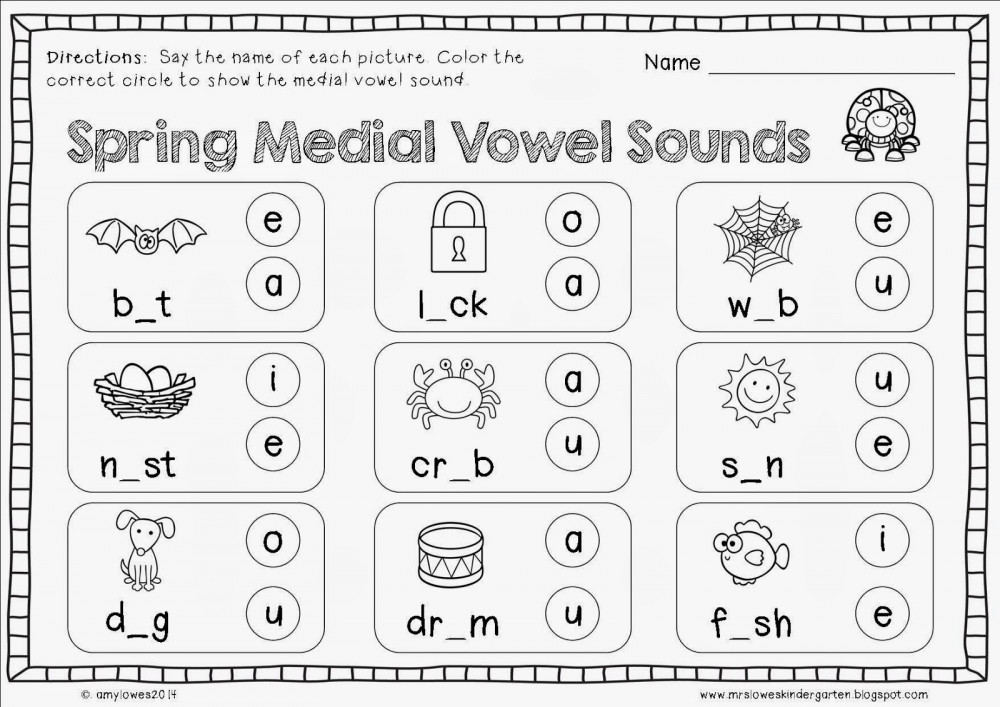
Children will need lots of practice at listening to spoken words (trying to hear the beginning, middle and end sounds) and building words for themselves using phoneme cards. Simple consonant–vowel–consonant (cvc) words are very useful for helping children practise their blending and segmenting skills.
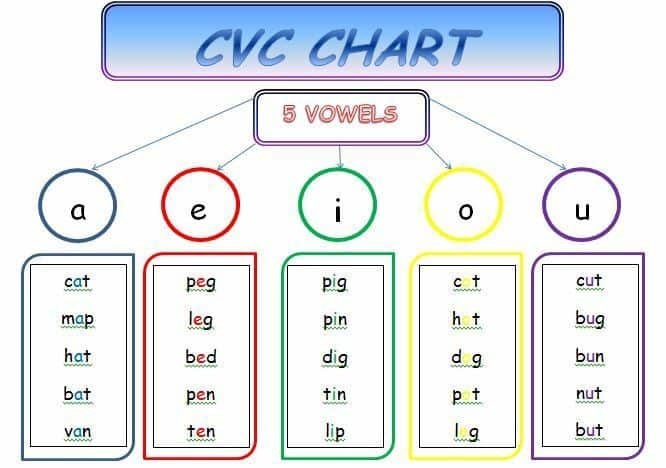
As sounds are crucial to the phonic approach, it is very important for adults to articulate phonemes accurately. For example, the letter M makes a short /m/ sound, rather than a long /muh/ sound, so that the sequence of /m/ /u/ /m/ can easily be sounded-out and blended into “m u m”(unlike /muh/ /u/ /muh/ which is less clear).
Blending to Read and Segmenting to Write
Phonics is about recognizing sounds and manipulating them in order to read and spell words. To read a word, children need to say each sound in turn, then blend them together. For example, /s/ /i/ /p/ makes “sip”.

To spell a word, children need to segment a spoken word (break into its constituent sounds) then build it up using the corresponding letters. It helps to know that blending and segmenting are reversible processes – one is the opposite of the other.
Multi-sensory Learning
It is now known that children learn in different ways and that some individuals may respond to particular learning styles such as visual, auditory and kinaesthetic.
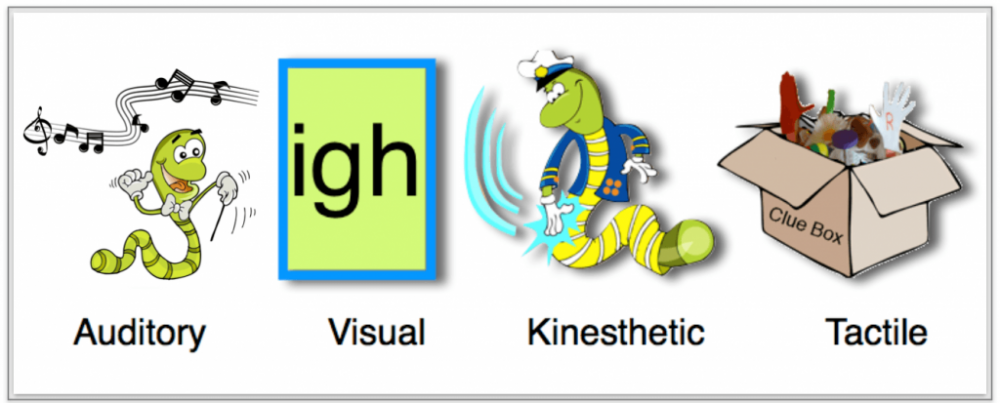
Schools try to maximise learning by using a combination of strategies, so when new phonemes are introduced children are encouraged to learn the letter shape(s), the sound and an action which reinforces the sound. For example, the letter S is accompanied by a “sss” sound and a snake hand action.
It is good practice to encourage children to consolidate their learning in a variety of ways such as writing with chalk, scribing letters in sand or squirting letter shapes with a squeezy bottle, playing with alphabet blocks, dough shapes and magnetic letters.

Flashcards can also be effective if they are used in games such as:
- Snap or memory pairs;
- “Show me” (cards are laid face up and the adult asks the child to find particular sounds or letter names);
- “Name this letter” or “Say this sound” (the adult points and the child responds);
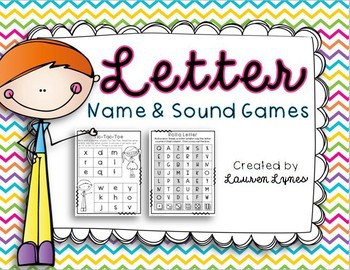
- Putting different combinations of sounds together and finding out if they make a real word or a nonsense word.
Phonics can be a highly effective strategy for teaching reading and spelling skills in a structured, systematic way, especially if it forms part of a broad, language-rich approach.


